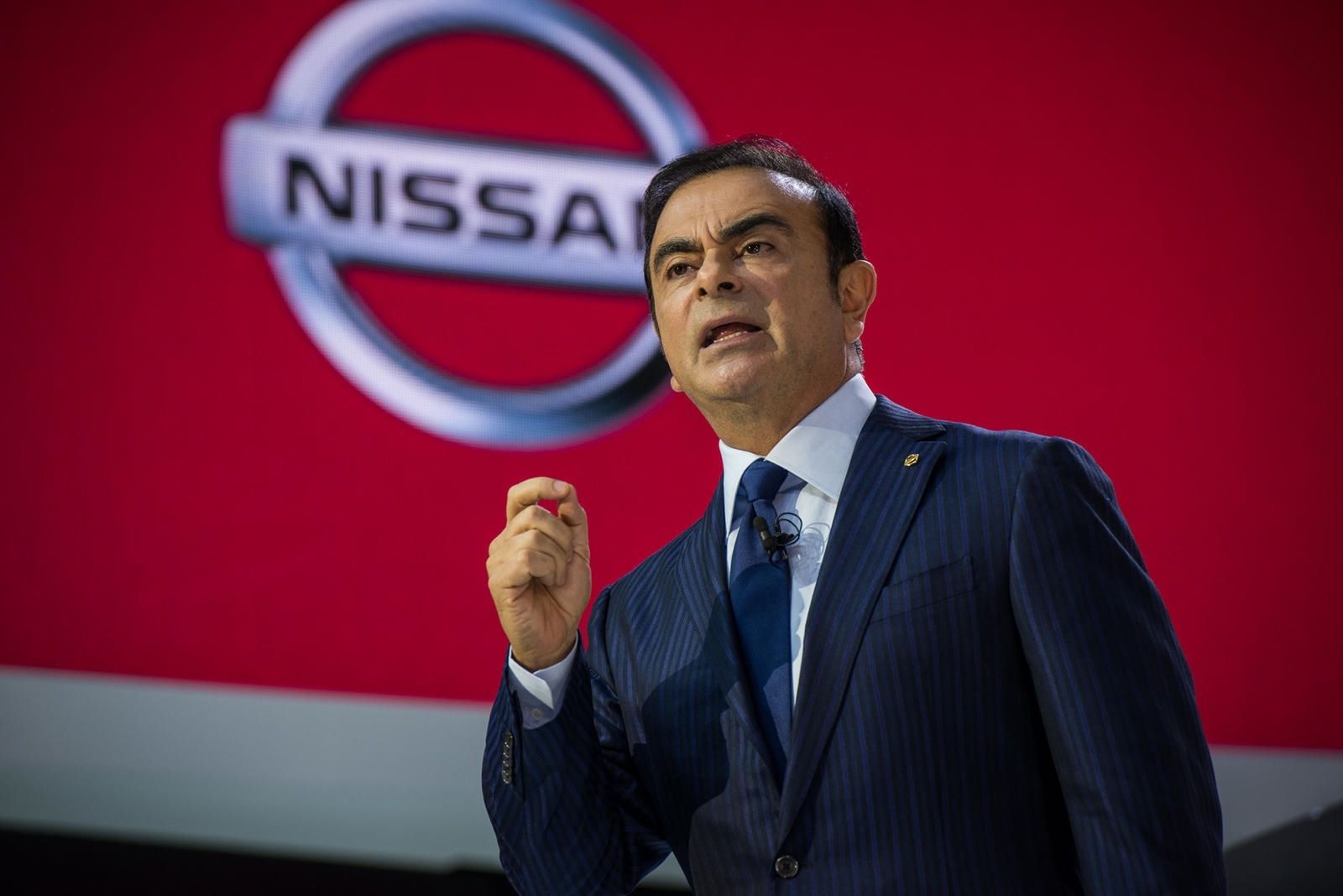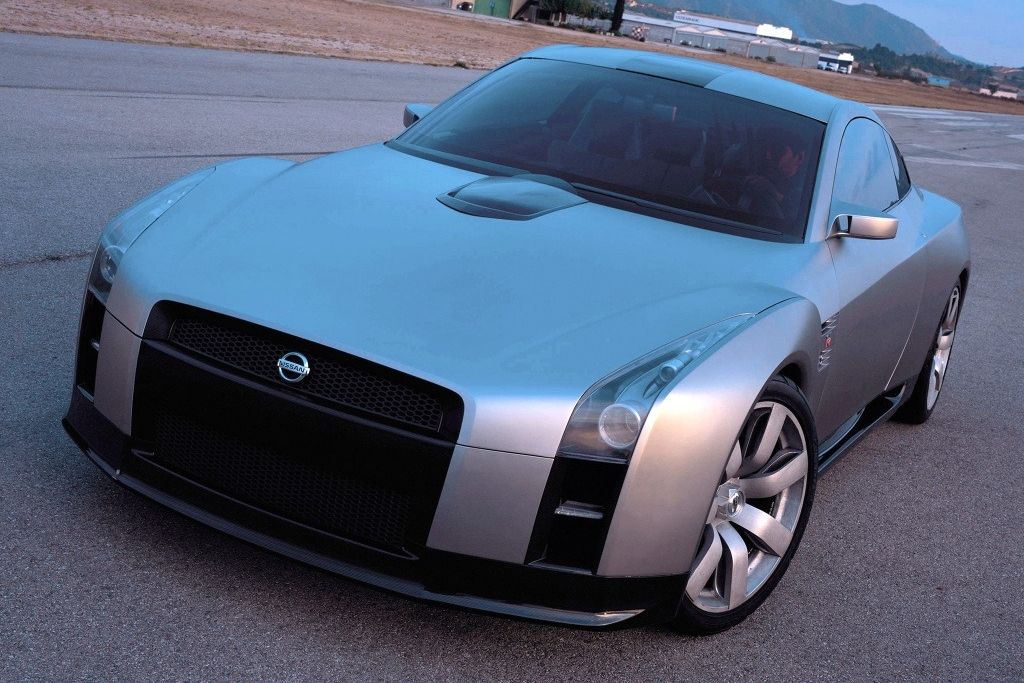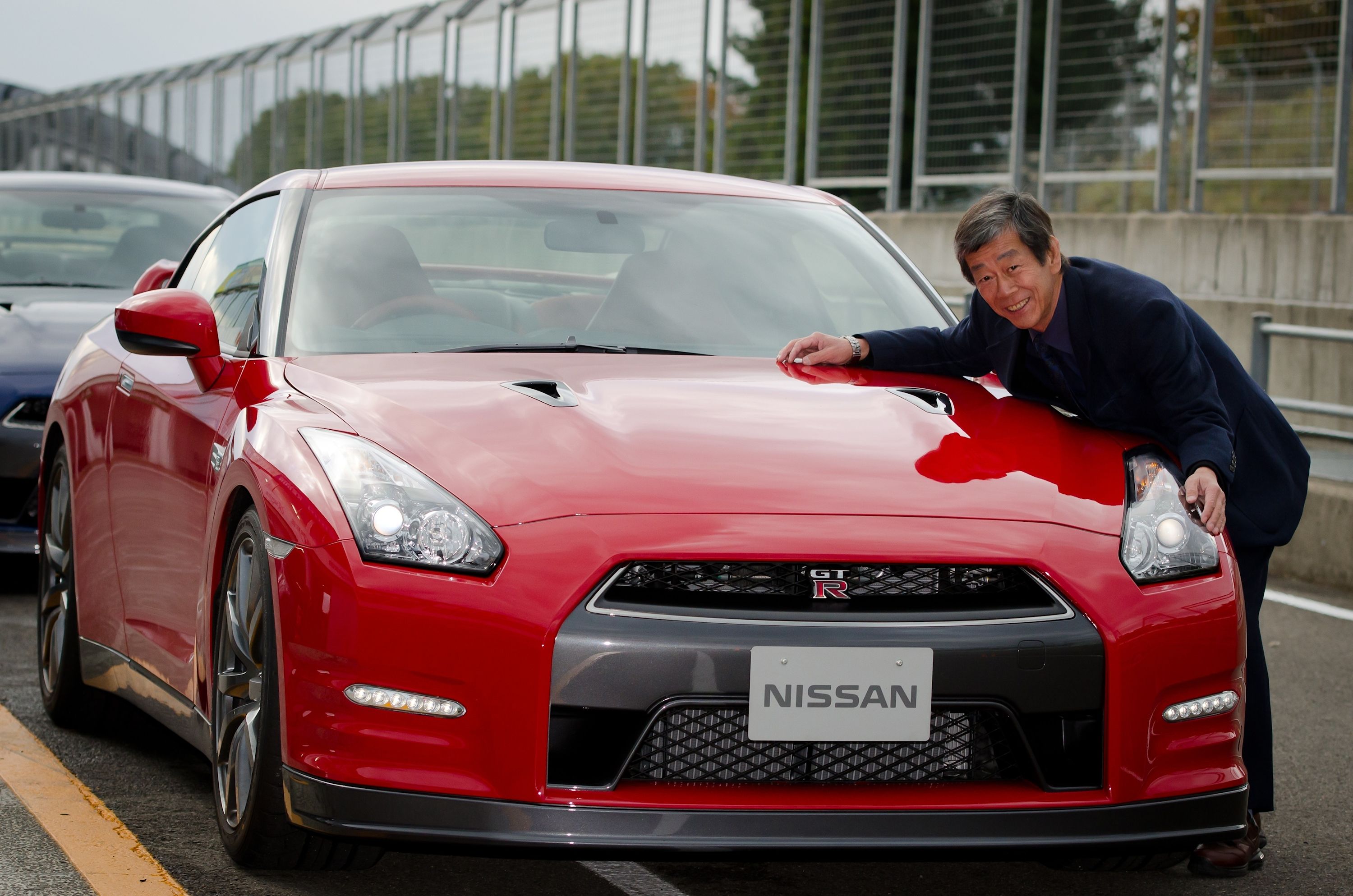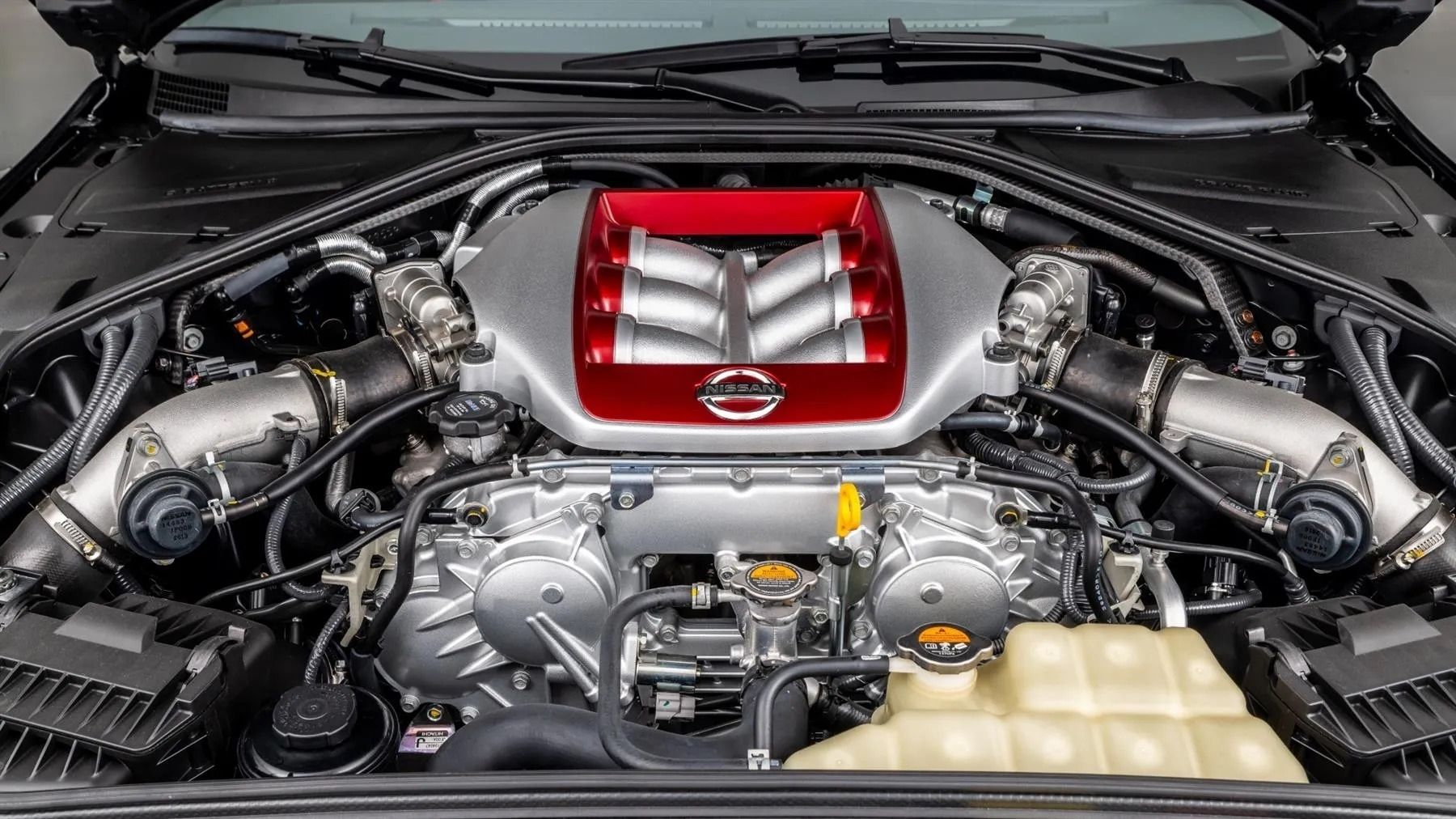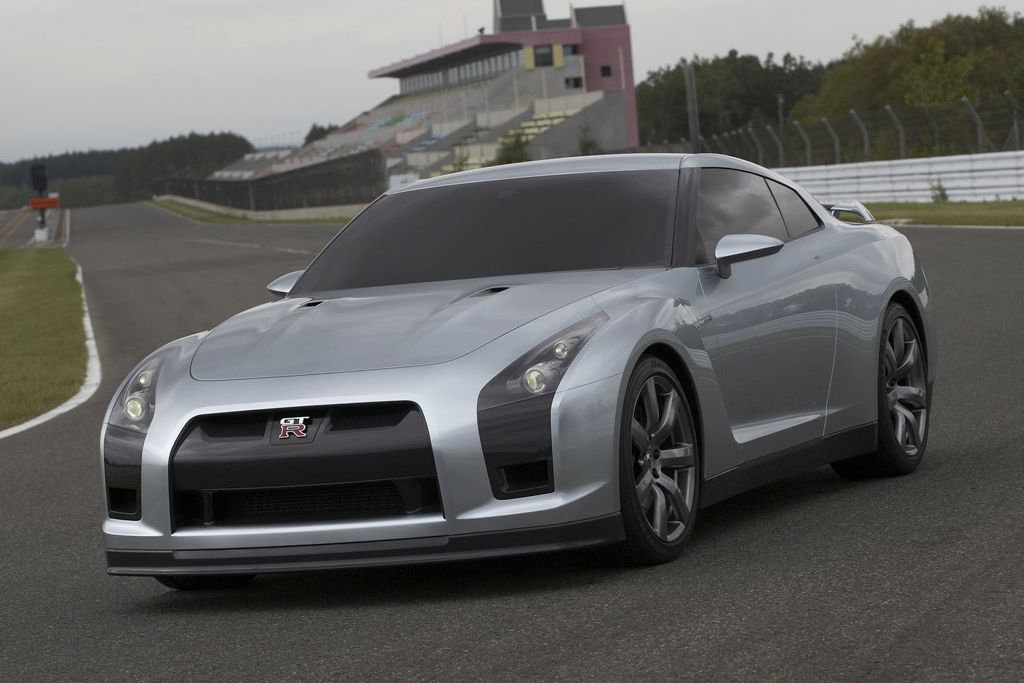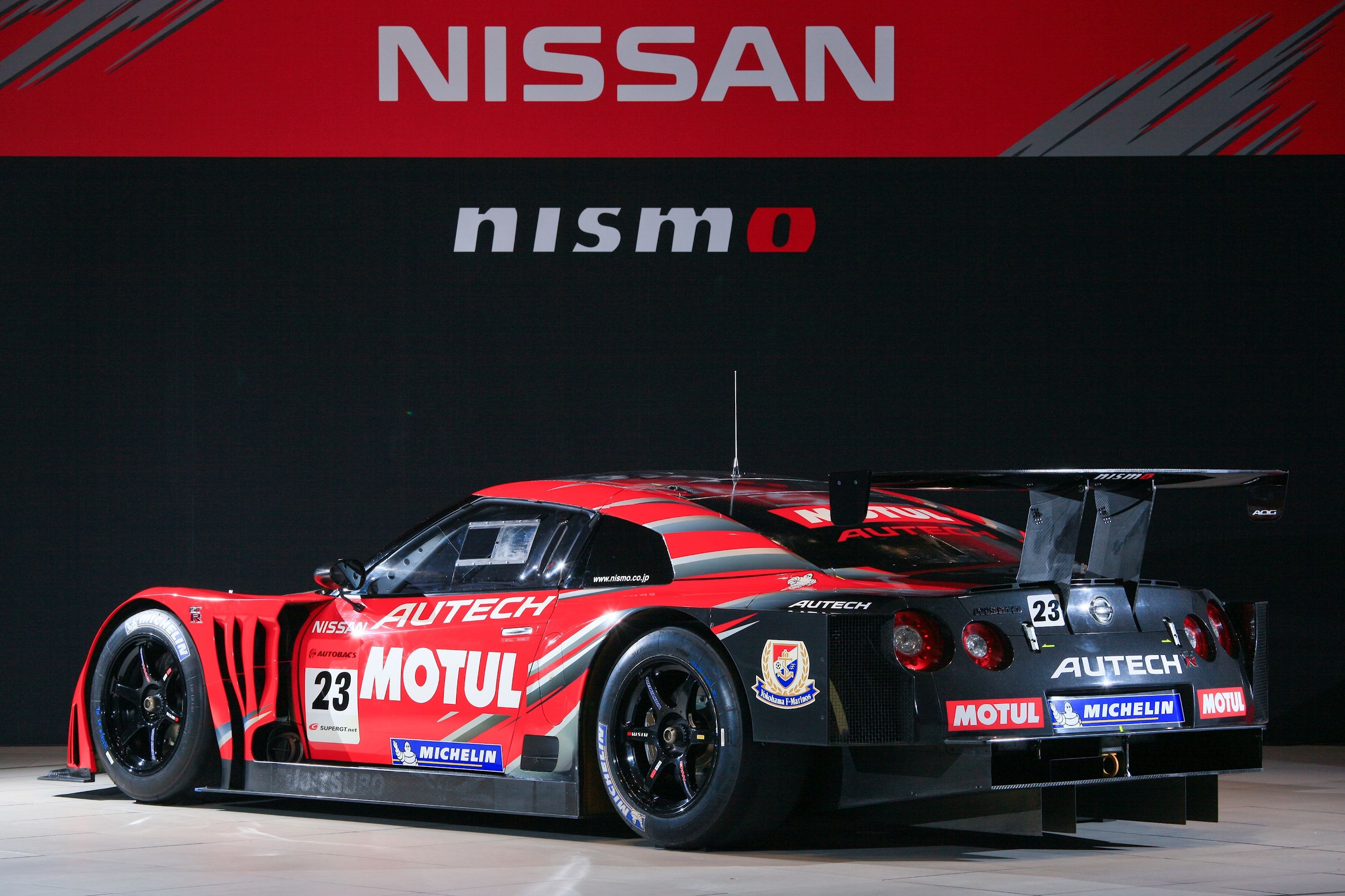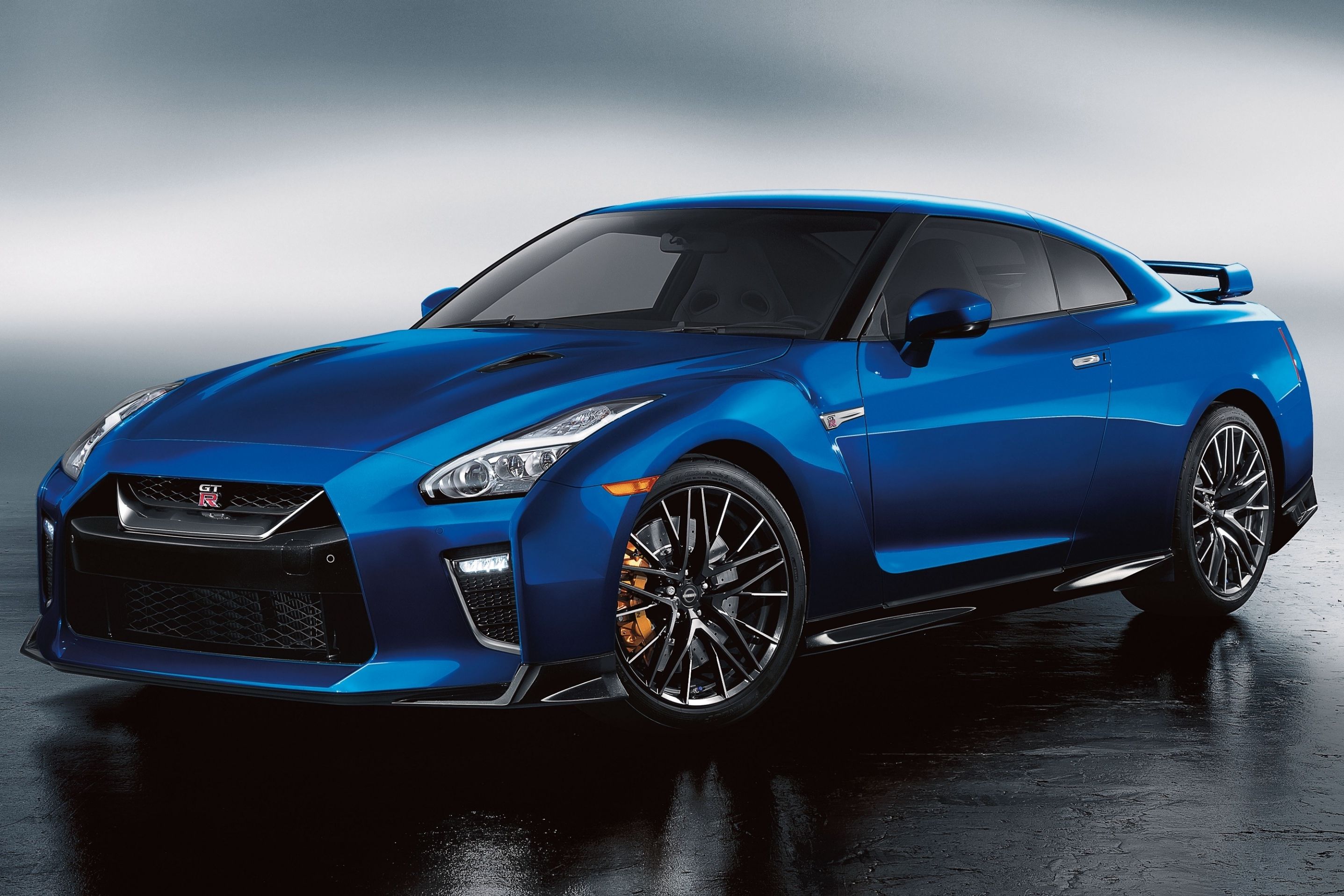
This month, the venerable Nissan GT-R was refreshed yet again, and after 15+ years on the market, some think the recipe is getting stale. But many of us forget that the GT-R was way ahead of its time when launched and is still capable of embarrassing cars twice the price today.
What is also often overlooked is that the R35 GT-R has been continuously refined over its lifetime, gaining significant improvements with regular frequency. To illustrate this point, we're taking a stroll down memory lane to recap how the modern GT-R came to be, some of the highlights in its career, and some of the noteworthy points in its evolution. There are far too many special editions in far too many markets to cover all of them here, but perhaps that's a story for another day...
1999: The Vision of Carlos Ghosn
Many view him in a bad light nowadays, but former Nissan boss Carlos Ghosn was a visionary and one of the finest automotive CEOs ever. Much of Nissan's success today can be attributed to the daring fugitive and his ideas, and the R35 may never have existed were it not for Ghosn.
Ghosn was appointed CEO of Nissan in 1999, and not long after, he told Nissan engineers and designers to get to work creating an all-new GT-R. While others weren't sure of the viability of a supercar, especially considering the mountain of debt that Nissan had at the time, Ghosn was convinced that the GT-R would be a success. He gave his people an unlimited budget and an infinite timeline to develop something to match or outperform the benchmark of the day, the Porsche 911 Turbo, specifically at the Nurburgring.
To create "a supercar for anyone, anywhere, anytime," the engineers estimated they would need 4-5 years.
2000/2001: Design and Concept
Ghosn was adamant that four round taillights be integrated into the design, arguing that it was a signature of Nissan GT-R models. Numerous designs were submitted by designers from Japan, the USA, and Europe as part of an internal design competition, but only 50 made their way to then-design director Shiro Nakamura.
He said the new GT-R's design was unique "because it is not simply a copy of a European-designed sports car; it had to reflect Japanese culture" and the heritage of its predecessors. Chief designer Hiroshi Hasegawa needed more than four years to complete the design of the interior and exterior, although a preliminary design concept was revealed in 2001 when the development of the new GT-R was announced to the public at the 2001 Tokyo Motor Show.
2003: Production Date Set, Mr. GT-R Enters The Chat
At the 2003 Tokyo Motor Show, Ghosn announced that the production version of the GT-R would debut in 2007. That's an ambitious timeline for any new car, let alone one intended to take on the best sports cars in the world and win.
To achieve this goal, Nissan turned to the chief engineer for the R34 Skyline GT-R, Kazutoshi Mizuno, also known as Mr. GT-R. He initially rejected the job because he claimed he "couldn't make a world-class performance car from this platform as Ghosn requested," referring to the Nissan FM (front midships) platform.
But Mizuno ultimately took on the challenge, and in April 2003, he created a prototype built on an advanced version of the Nissan FM platform called the Nissan Premium Midship platform. In November, Ghosn stepped back and handed over complete control of the GT-R's technical and mechanical development to Mizuno.
2004: Development Begins In Earnest
January 2004 saw Mizuno begin development of the R35 with a special development team and a full-scale GT-R model. While aerodynamics testing was ongoing at the automaker's wind tunnel, Mizuno took some test mules fitted with the now-legendary VR38DETT 3.8-liter twin-turbo V6 engine to the track.
The drivetrain, suspension, and brakes were developed at facilities like the Nurburgring and other tracks. Mizuno didn't only want this to be fast; his goal was for the GT-R to be so refined that you could drive it at 300 kph (190 mph) and still have a normal conversation with your passenger without straining your voice.
At the time, such an idea was far-fetched. Highlighting how valuable Mizuno was to the project is that he originally designed a number of the technical parts himself, such as the Brembo brakes and Bilstein suspension.
2005: GT-R Proto Concept Unveiled
As part of the aerodynamic development we touched on earlier, Nissan recruited the services of its best engineers, including the man who developed its successful Le Mans prototypes, Yoshi Suzuka. After whittling down the original 80+ sketches submitted as part of the internal design competition, design boss Nakamura chose 12, of which three became models used in wind tunnel testing.
The goal was an unprecedented Cd=0.28 or lower, but this proved challenging. In August 2004, those three models in 1/4 scale form were taken to the wind tunnel and tested around 300 times. What the engineers learned resulted in two refined models of 40% scale, one of which was used to develop the GT-R while the other became the Nissan Skyline V35/Infiniti G35 test mule. But even with the involvement of the car's exterior designers (Hirohisa Ono and Masato Taguchi), the drag coefficient could not be dropped below 0.32.
Suzuka realized that a different approach was needed. He asked the chassis department to lower the frame rails as low as the passenger compartment to eliminate transition and smooth airflow beneath the car. Later, a CFD program made wind tunnel testing easier. After some 18 months and over 2,000 wind tunnel runs, a stylish look was decided upon that exceeded the team's goals with a Cd =0.27.
In 2005, the GT-R Proto Concept was revealed to showgoers at the Tokyo Motor Show, previewing what 80-90% of the production version would look like.
2006: Design Finalized, But Still Loads To Be Done
With the exterior design decided upon in 2006, another year of testing lay ahead, despite overall development already being complete. Nissan took its new project to multiple countries and put it through all sorts of environments and weather conditions, often bringing a 997 Porsche 911 Turbo along for benchmarking.
Test mules were spotted on the German Autobahn, as well as on roads in New Mexico, Arizona, California, and more. At the WeatherTech Raceway Laguna Seca, the GT-R posted an unofficial lap time of 1:39.62 minutes, which made it a hair quicker than the 911 Turbo. Meanwhile, others report seeing test cars being evaluated in the snow back home in Japan.
At the Sendai Hi-Land Raceway in Japan, Ghosn joined the development team as they tested the GT-R against the 911 Turbo and congratulated the team on a job well done, praising them for building the GT-R in the way he asked them to.
2007-2009: Production Version Revealed and Launched
Just before unveiling the production version at the 2007 Tokyo Motor Show, Nissan showed a clip of the GT-R lapping the Nurburgring in 7:38 minutes, beating the 911 Turbo despite timing its run in wet conditions. It's since gone faster and faster numerous times, achieving lap records worldwide, but at the time, beating a Porsche on its home turf was incredible.
The GT-R was instantly an icon, and in November, more than 3,000 pre-orders were already received. Ghosn bought the very first example for himself.
The JDM launch took place on December 6, honoring Ghosn's promise of a 2007 debut. July 7, 2008, saw the US market receive the car as a 2009 model. Canada also got their market launch that month, while Europe became the GT-R's third global market in March 2009. Nissan's goal of making this a global product was realized, but why was there such a big gap between each market's respective launches?
Well, Nissan had to build performance centers and train technicians to service the GT-R. You can't expect somebody who was changing the oil on something like a Rogue crossover to know how to deal with the intricacies of a supercar without some training.
Facelifts and Upgrades
The original model launched with 473 horsepower and 433 lb-ft of torque. For the 2010 model year, Nissan reprogrammed the launch control system to reduce driveline stress and offered the same upgrade for the 2009 models. What the 2009 models didn't get was the 2010 version's retuned suspension, new wheel finish, and extra standard airbags. Most importantly, while torque was left unchanged, the 2010 GT-R's power output increased to 485 ponies.
The 2011 model year saw the original CBA-R35 replaced by the DBA-R35. These internal codes referred to the emissions standard prefixes of the times. With this, the ECU was remapped, the valve timing was changed, the inlets were enlarged, and a new exhaust system was fitted. A more rigid carbon composite strut bar was also included, along with bigger front brake discs, lighter and stiffer wheels, and new Dunlop tires. A new rear diffuser, new cooling ducts, and a new bumper that improved radiator cooling were all featured. That new bumper also added LED lights. The cabin was made swankier, adding new interior features like iPod connectivity.
Power on this model reached 530 hp with 448 lb-ft of torque.
In 2012, the 2013 model arrived with 544 hp and 463 lb-ft of torque, along with a new flywheel housing and retuned suspension.
For the 2015 model year, Nissan launched the GT-R Nismo, unveiled in November 2013 at the Tokyo Motor Show. Nissan did not see fit to boost power again yet, but the suspension was again revised for better stability and more consistent grip, while the brakes were optimized and the steering system re-tuned. 20-inch wheels, adaptive headlights, and other subtle enhancements made it more apparent that this was the latest GT-R.
But the following GT-R, unveiled in 2016, was much more noticeably different from those that came before.
The 2017 GT-R was launched under the codename 4BA-R35. Here, output reached 565 hp and 467 lb-ft, and the rev limiter was moved from 7,000 to 7,100 rpm. The transmission was made smoother and quieter too, but most will remember the new forged wheel designs and the significantly updated design of the bumpers, which improved both cooling and downforce. The cabin was made more luxurious than ever with new leather, a new steering wheel, a new infotainment system, a carbon fiber center console, a titanium exhaust system, and revisions to the suspension and braking systems.
In 2019, the 2020 GT-R launched with minor changes. Once again, the gearbox was re-tuned. This meant shifts could occur in just 0.15 seconds, while new lightweight forged wheels further helped improve performance. A contemporary interior and fresh colors, including the iconic Bayside Blue of the R34 Skyline GT-R, were also offered.
2021 and 2022 saw the GT-R story seemingly end as numerous markets worldwide announced that they had sold out or ceased production of the R35. However, in October 2022, the 2023 GT-R was unveiled with no changes. Well, the Nismo version was gifted with the same turbos as in the automaker's GT3 racer, so output there reached 600 hp and 481 lb-ft.
From 2007-2022, Nissan reportedly produced roughly 40,000 R35 GT-Rs. The automaker has also stuffed the engine, transmission, and AWD system from the GT-R into the Juke, creating the monstrous Juke-R, and late last year, a Czech hypercar powered by the VR38DETT was revealed. The super-rare GT-R 50 by Italdesign was also a highlight. Clearly, the GT-R is an excellent recipe.
The GT-R has excelled in motorsport in the Super GT and other series. It has claimed drag racing world records. It has bossed hill climbs. It has performed Guinness-worthy drifts. It has decimated time attack courses. It even achieved the fastest speed for a car driven blindfolded in 2014.
There is so much more we could discuss here, from the turbos' design to the AWD system's genius. The subtle changes in aero and cooling efficiency are remarkable. The way this car owns practically any form of competitive driving it gets involved in is astonishing. The fact that this car launched at a price roughly half what established supercars cost yet still beat them was amazing in 2009, and it's still achieving that feat today.
Sure, it's fundamentally old. Sure, we'd like to see something new. But like the Huracan or any number of Ferrari, McLaren, Bentley, or even Rolls-Royce products, Nissan knows that if it ain't broke, don't fix it. Just make it better.
As for what's next, who cares? We should celebrate our icons while they're with us, and the GT-R is, without a doubt, a legend unlikely to ever be repeated.

